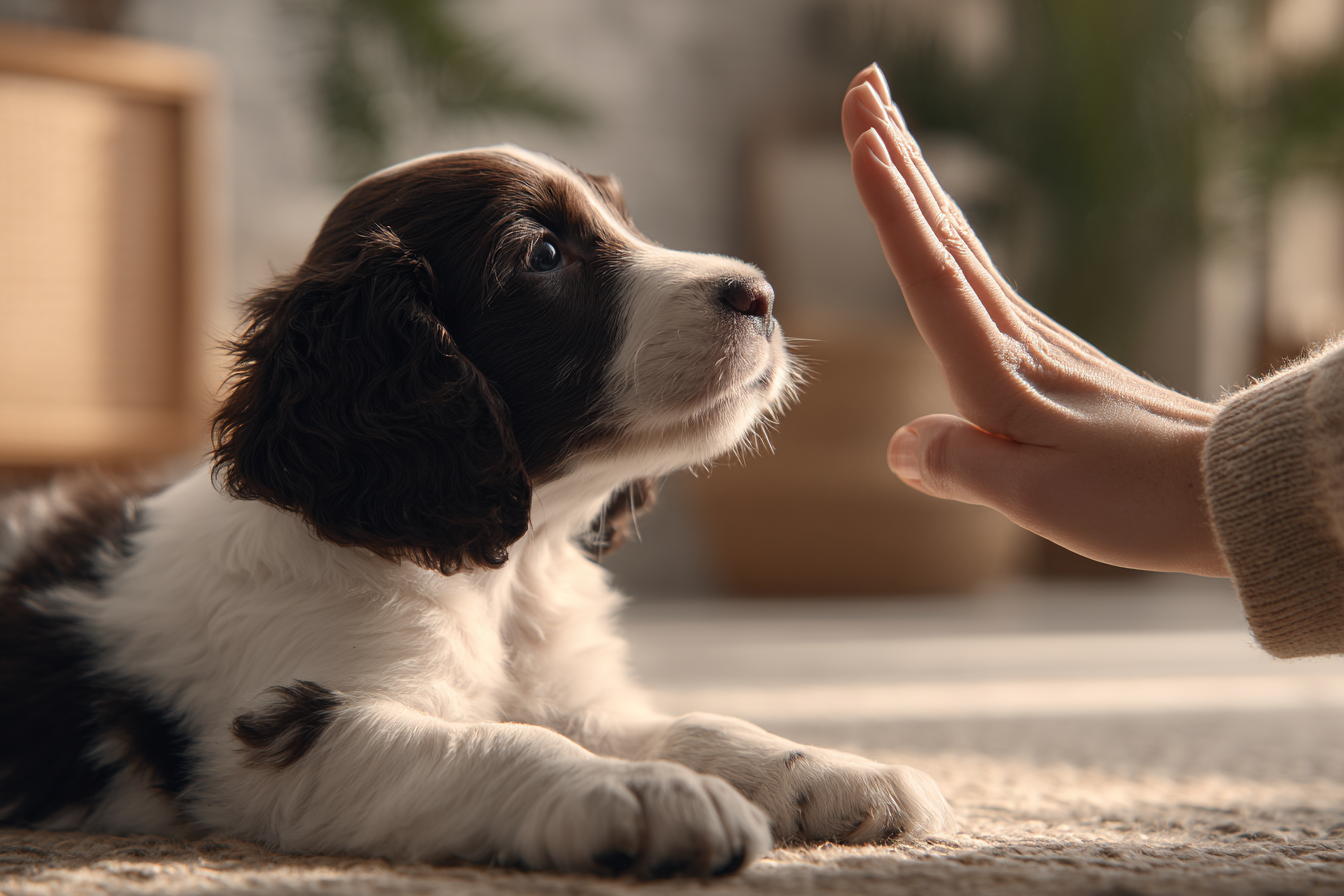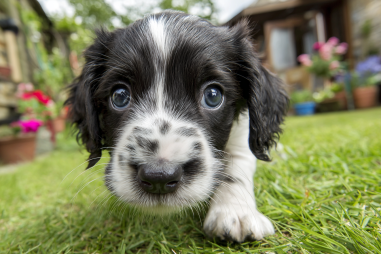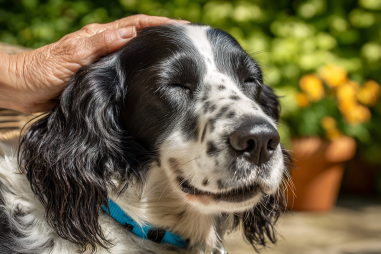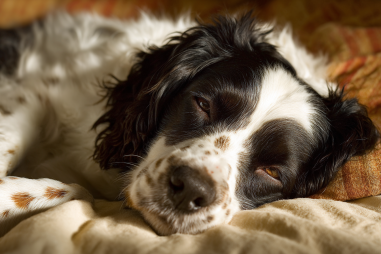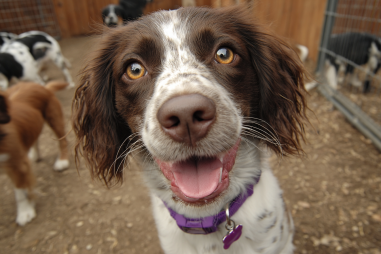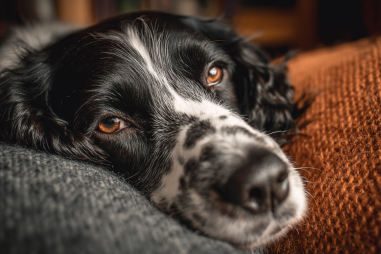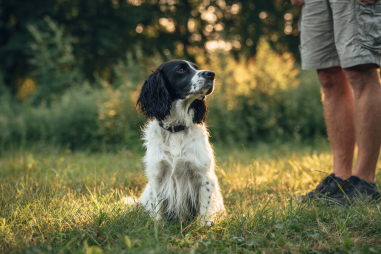Bringing home an English Springer Spaniel puppy is an exciting and joyful experience. These energetic and affectionate dogs are known for their intelligence and eagerness to please, making them wonderful companions. However, early training is crucial to ensure your puppy grows into a well-mannered and balanced adult dog. With a consistent approach and a loving attitude, you can lay the groundwork for a happy relationship that lasts a lifetime. This step-by-step guide will walk you through everything you need to know to successfully train your English Springer Spaniel puppy from day one.
Importance of Early Training
Starting training with your English Springer Spaniel puppy as soon as you bring them home is one of the best investments you can make. Puppies are like sponges during their early months; they soak up information quickly and are highly adaptable. Establishing good habits early prevents many behavioral problems later. Plus, early training helps your puppy understand boundaries, boosts their confidence, and strengthens the bond between you.
English Springer Spaniels are intelligent and responsive dogs, but they can also be quite energetic and sometimes a bit stubborn if allowed to develop bad habits. Early training helps channel their energy productively and ensures that they learn what is expected of them in your home and around other people and animals.
Establishing a Routine
Dogs thrive on routine, especially puppies. Setting a consistent daily schedule for feeding, potty breaks, training sessions, and playtime helps your English Springer Spaniel puppy feel secure and understand what to expect. This structure makes training easier because your puppy learns when it’s time to focus and when it’s time to relax.
Start by choosing regular times for meals and potty breaks—typically, puppies need to go outside after eating, drinking, waking up, and playing. Consistently offering training sessions at the same time each day, even if just for 5 to 10 minutes, helps build anticipation and focus. Remember, young puppies have short attention spans, so frequent, brief sessions work better than long ones.
Potty Training Tips
Potty training is often one of the first and most important challenges new puppy owners face. With English Springer Spaniels, consistency and patience are key. Here are some effective tips:
- Designate a specific potty spot: Always take your puppy to the same outdoor area to eliminate, which allows them to associate that spot with the right place to go.
- Use a regular schedule: Take your puppy out frequently, especially after meals, naps, and play. Young puppies may need a potty break every 1-2 hours.
- Watch for signs: Look for sniffing, circling, or sudden restlessness, which often means your puppy needs to go.
- Reward immediately: Praise and offer a small treat as soon as your puppy finishes in the right spot. Timing is essential so they connect the reward with the behavior.
- Avoid punishment: Never scold your puppy for accidents—this can cause fear and confusion. Instead, clean up accidents calmly and reinforce proper potty behavior.
- Crate training: Using a properly sized crate can help your puppy learn bladder control because they naturally avoid soiling their sleeping area.
Basic Obedience Commands
Teaching your English Springer Spaniel basic commands from an early age sets the stage for good behavior and easier management as your puppy grows. Start with simple commands such as “sit,” “stay,” “come,” and “down.” These commands help build communication and control in everyday situations.
Keep training sessions short and positive, using treats, praise, and affection as rewards. Here are some tips for success:
- Say the command clearly: Use a firm but gentle tone and be consistent with your words.
- Use hand signals: Pair verbal commands with hand signals to reinforce learning.
- Reward promptly: Immediately reward correct behaviors to create a strong association.
- Practice regularly: Repeat commands multiple times each day in different locations and gradually increase distractions.
English Springer Spaniels are quick learners, so with patience and consistency, your puppy will soon be responding reliably to basic obedience commands.
Socialization Strategies
Socialization is critical to raising a well-rounded English Springer Spaniel. Exposing your puppy to a variety of people, animals, environments, sounds, and activities during their early weeks helps prevent fearfulness, aggression, and anxiety later in life.
Here’s how to effectively socialize your puppy:
- Introduce new experiences gradually: Start slow and ensure each new encounter is positive and not overwhelming.
- Meet different people: Allow your puppy to interact with people of all ages, genders, and appearances.
- Interact with other dogs: Arrange safe playdates with vaccinated and well-behaved dogs or attend puppy classes.
- Explore diverse environments: Walk your puppy on different surfaces such as grass, pavement, and gravel. Experience sounds like traffic, vacuum cleaners, and doorbells.
- Use positive reinforcement: Reward calm and curious behavior during new experiences to build confidence.
Proper socialization helps your English Springer Spaniel puppy grow into a confident adult dog who loves meeting new friends and is comfortable in a variety of situations.
Managing Common Puppy Behaviors
Like all puppies, English Springer Spaniels may exhibit some challenging behaviors such as chewing, barking, jumping, and mouthing. Understanding and managing these behaviors early will keep your home peaceful and your puppy happy.
Here are some strategies to handle these common puppy behaviors:
- Chewing: Puppies explore with their mouths and may chew furniture or shoes. Provide plenty of safe chew toys and redirect them when they start on inappropriate items.
- Barking: Sometimes barking is a way to seek attention or express excitement. Teach your puppy a “quiet” command and reward calm behavior.
- Jumping up: Since English Springer Spaniels love people, they often jump to greet. Ignore jumping and reward only all four paws on the floor.
- Mouthing and nipping: Gently discourage biting by redirecting to toys. If your puppy bites too hard, let out a vocal “ouch” and stop play briefly to teach bite inhibition.
- Energy management: These dogs are active and need regular exercise and mental stimulation to reduce hyperactive behaviors.
Maintaining Consistency
One of the most important elements of successful puppy training is consistency. Puppies learn through repetition, so it’s crucial everyone in the household follows the same rules and training methods. Inconsistent commands or varying responses confuse your puppy and slow progress.
To maintain consistency:
- Use the same words and signals for commands.
- Ensure all family members reward and correct behaviors the same way.
- Stick to your established routines and schedules as closely as possible.
- Keep training sessions positive, frequent, and predictable.
- Be patient and persistent—training takes time, but steady effort pays off.
Consistency helps your English Springer Spaniel puppy understand what is expected and accelerates learning while reducing frustration for both of you.
Training your English Springer Spaniel puppy requires time, patience, and dedication, but the rewards are immense. By starting early with a structured routine, focusing on potty training, teaching basic commands, socializing broadly, managing typical puppy behaviors, and maintaining consistent expectations, you’ll nurture a happy, confident, and well-behaved dog. This strong foundation will strengthen your bond and ensure that your lively Springer Spaniel remains a beloved member of your family for many years to come.

